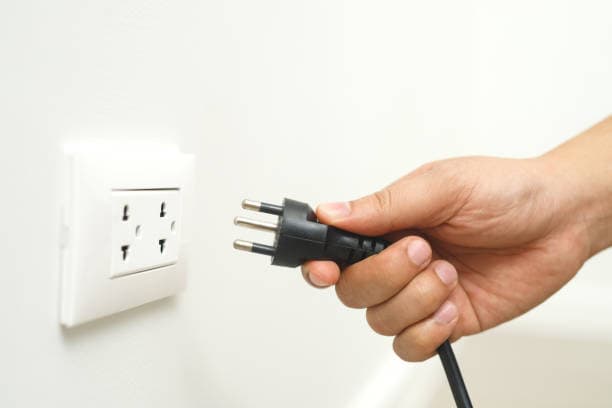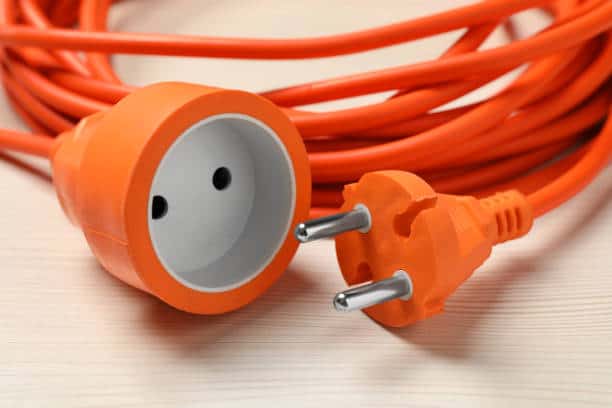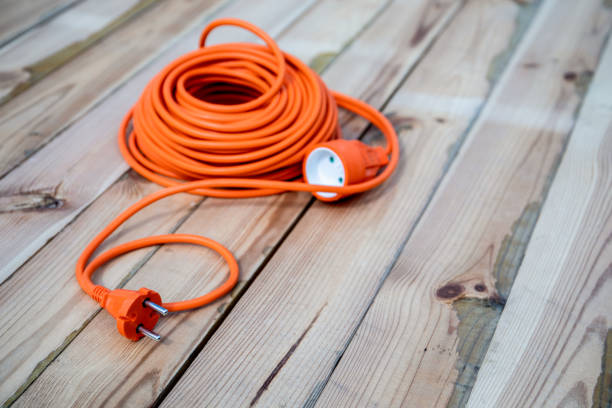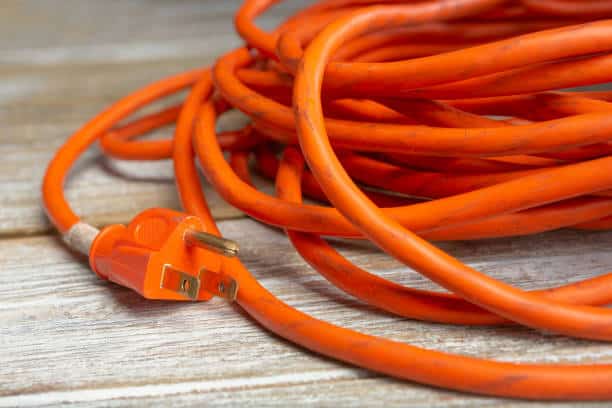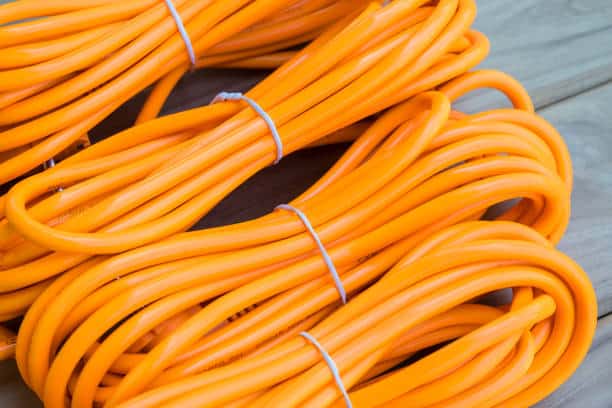What are the different types of power cables?

Power cables are essential for powering almost every device in our modern world, yet their differences can often confuse us. Let’s break it down clearly.
Snippet paragraph: Power cables come in different types, including AC power cords, DC power cords, and specialty cables, each serving a specific purpose.
Understanding the differences can help you choose the right cable for your needs and avoid costly mistakes. Let’s dive in.
What are the three types of power cables?
Power cables can be categorized into three main types based on their usage and electrical properties. Each type has unique features.
Snippet paragraph: The three types of power cables are AC power cords, DC power cords, and specialized cables like coaxial or fiber optic cables.
AC Power Cords: The most common choice
AC (Alternating Current) power cords are used to transfer electricity from a wall outlet to appliances or devices. These cables are standard in households and offices.
- Applications: Used in televisions, refrigerators, and computers.
- Key Features: Typically have a plug on one end and a device-specific connector on the other.
DC Power Cords: For specific devices
DC (Direct Current) power cords are used in devices that rely on low voltage, such as laptops or smartphones. These cables often connect to an adapter.
- Applications: Smartphones, cameras, and battery-powered devices.
- Key Features: Designed for low-voltage direct current delivery.
Specialty Cables: For unique needs
Specialty cables include coaxial cables, fiber optics, and industrial-grade power cords. These are tailored for specific industries or applications.
| Cable Type | Use Case | Example Devices |
|---|---|---|
| Coaxial Cable | Signal transmission | Cable TV, Internet |
| Fiber Optic | High-speed data transfer | Networking equipment |
| Industrial Cable | Heavy-duty electrical connections | Manufacturing machines |
What is the power cord for a PC?
Understanding the type of power cord a PC requires can simplify your setup and troubleshooting process.
Snippet paragraph: A PC power cord, typically an AC cable, connects the computer’s power supply to the wall outlet.
PCs generally use IEC 60320 C13 cables, which have a three-prong design for safety. These cables support sufficient voltage and are compatible with most power supplies.
Dive deeper into PC power cords
IEC C13/C14 Connectors: The standard for PCs
The IEC 60320 C13/C14 standard defines the connectors used for most PCs.
- C13 Connector: Female end plugs into the PC power supply.
- C14 Connector: Male end connects to the wall outlet or UPS.
Is there a difference between desktop and laptop cords?
Yes, desktops and laptops use different power cables:
- Desktops: Use standard AC power cords with a plug and IEC connector.
- Laptops: Use an adapter with a DC cord to regulate voltage.
Tips for buying the right PC power cord
- Check the connector type.
- Ensure compatibility with your country’s voltage standards.
- Choose a certified, high-quality cable for safety.
How do I know what power cable to use?
Choosing the right power cable depends on the device, power requirements, and safety standards.
Snippet paragraph: To choose the right power cable, check the device’s power specifications, connector type, and regional compatibility.
Dive deeper into selecting the right power cable
Step 1: Check power specifications
Every device has a power input specification, usually found on a label or in the user manual. Look for:
- Voltage (V)
- Current (A)
- Frequency (Hz)
Step 2: Match the connector
Ensure the connector type matches your device’s input. Common connector types include:
- C13/C14: Used in computers and monitors.
- NEMA: Standard in the US.
- Schuko: Common in Europe.
Step 3: Consider regional differences
Power cables vary by country due to voltage and plug type differences. Use a plug adapter or voltage converter when traveling.
| Region | Voltage (V) | Frequency (Hz) | Plug Type |
|---|---|---|---|
| North America | 110-120 | 60 | NEMA |
| Europe | 220-240 | 50 | Schuko or Europlug |
| Asia | Varies | 50/60 | Mixed |
What is the difference between a power line and a power cable?
The terms "power line" and "power cable" are often used interchangeably but have distinct meanings.
Snippet paragraph: A power line refers to overhead electricity transmission systems, while a power cable is an insulated conductor used for local electrical distribution.
Dive deeper into power lines vs. power cables
Power lines: For large-scale energy transmission
Power lines are uninsulated and designed to carry high-voltage electricity over long distances. They form the backbone of the electrical grid.
- Voltage Range: 100,000 volts and above.
- Structure: Supported by tall towers or poles.
- Example: High-voltage transmission lines.
Power cables: Insulated and localized
Power cables are insulated conductors designed for safety and localized distribution. They’re used for connecting devices or transferring electricity within buildings.
- Voltage Range: Up to 600 volts.
- Applications: Home appliances, industrial machines, and more.
Key differences summarized
| Feature | Power Line | Power Cable |
|---|---|---|
| Insulation | Uninsulated | Insulated |
| Use Case | Long-distance transmission | Local distribution |
| Voltage Range | High (>100,000 volts) | Low to medium (<600 volts) |
Conclusion
Understanding the types of power cables, their uses, and how to select the right one is essential for safety and efficiency. Choose the right cable for your needs by considering power specifications, connector type, and regional standards.

